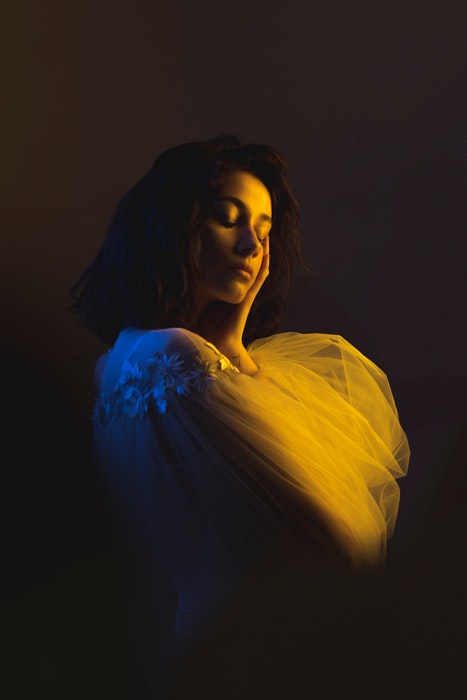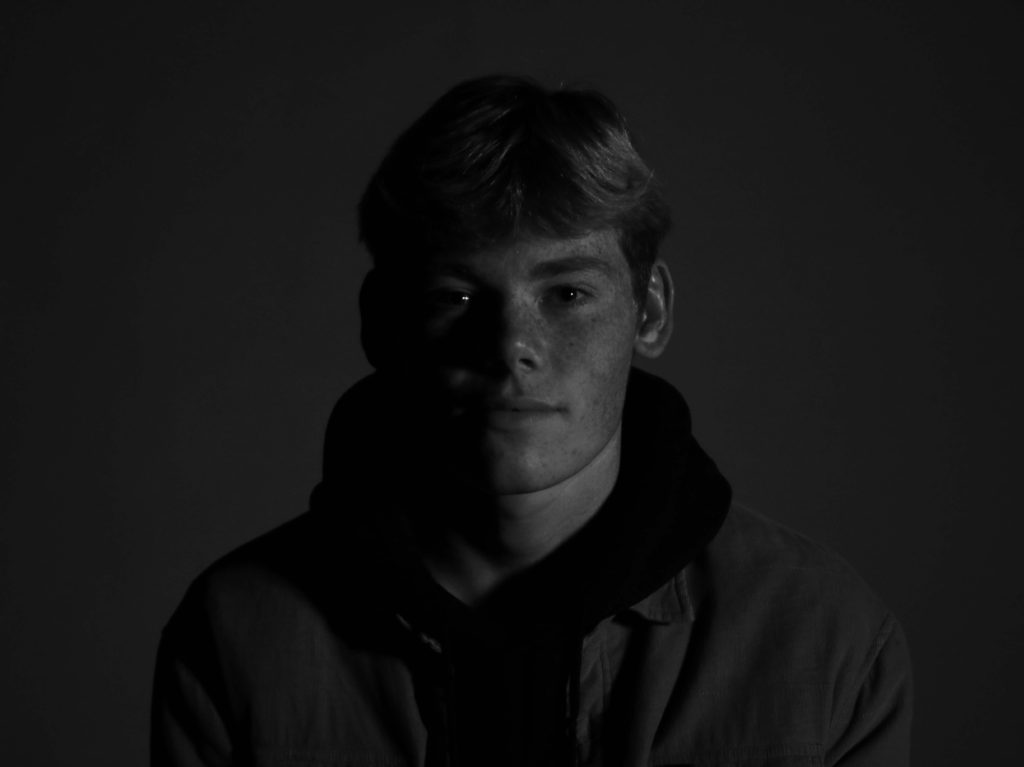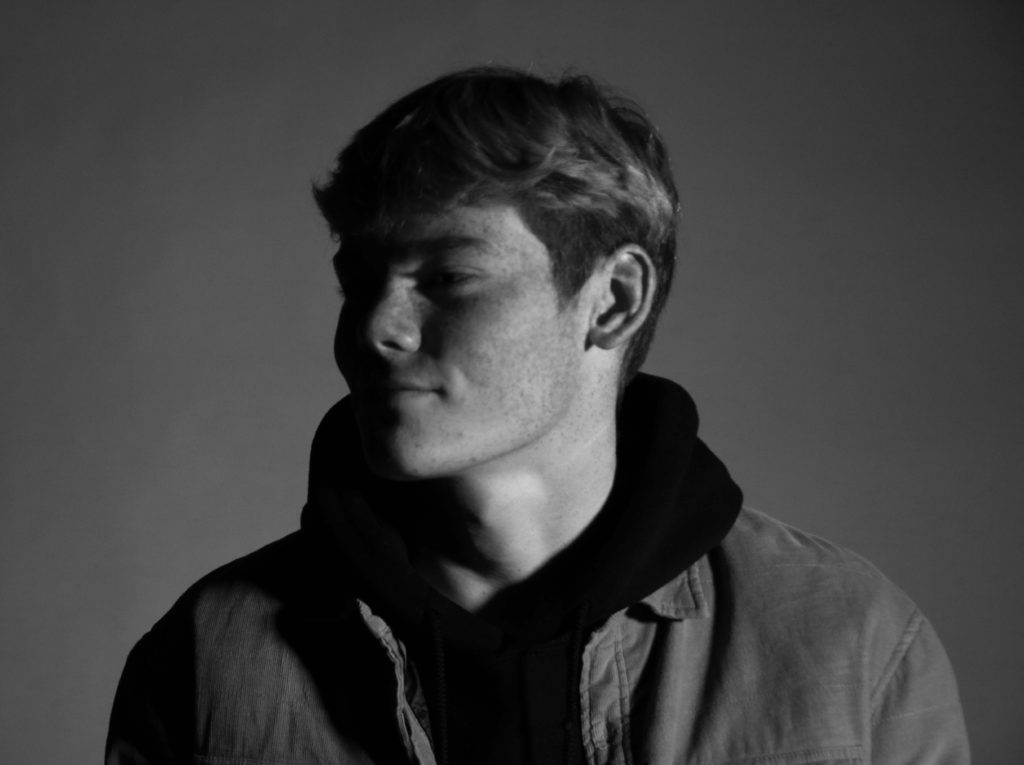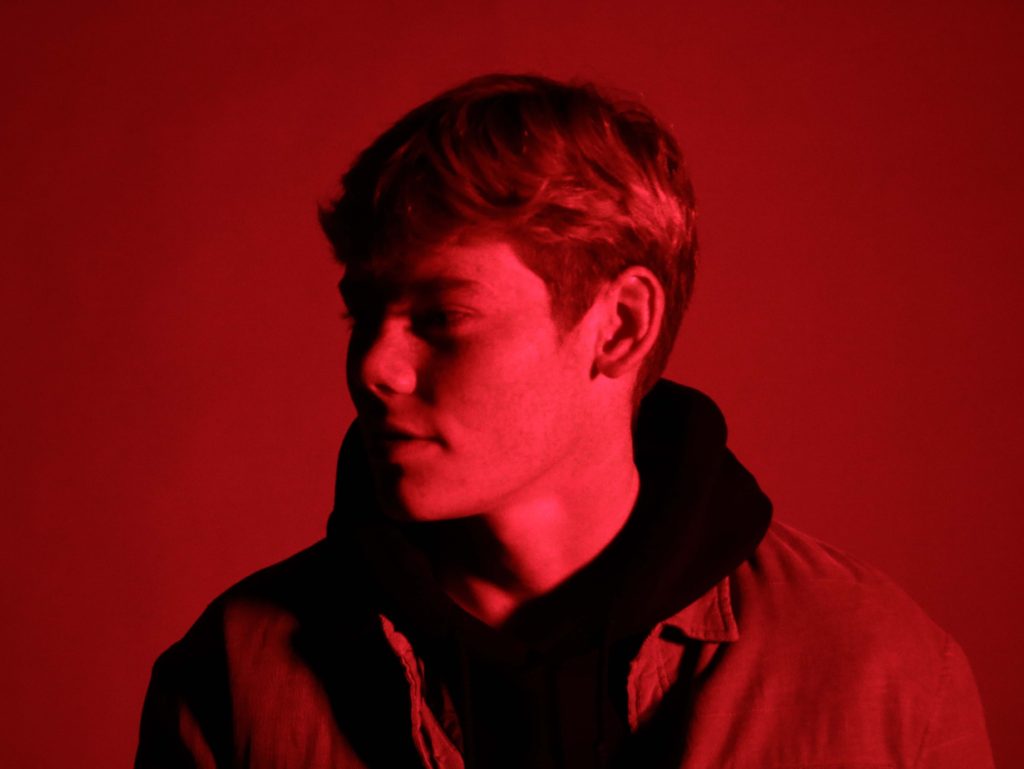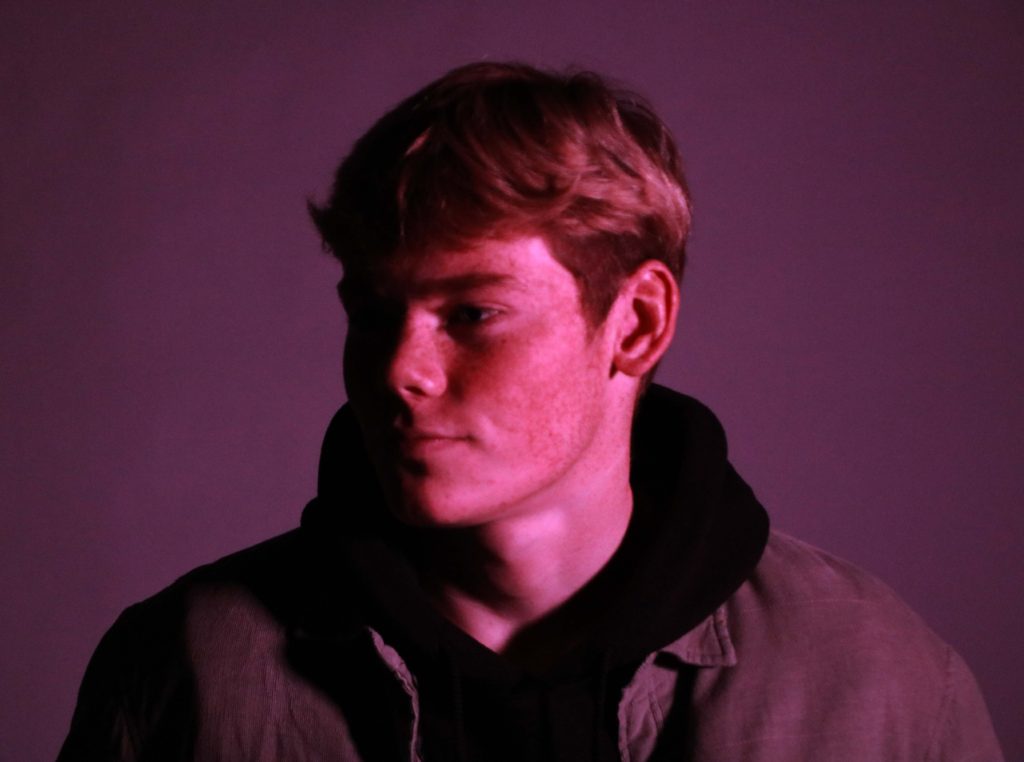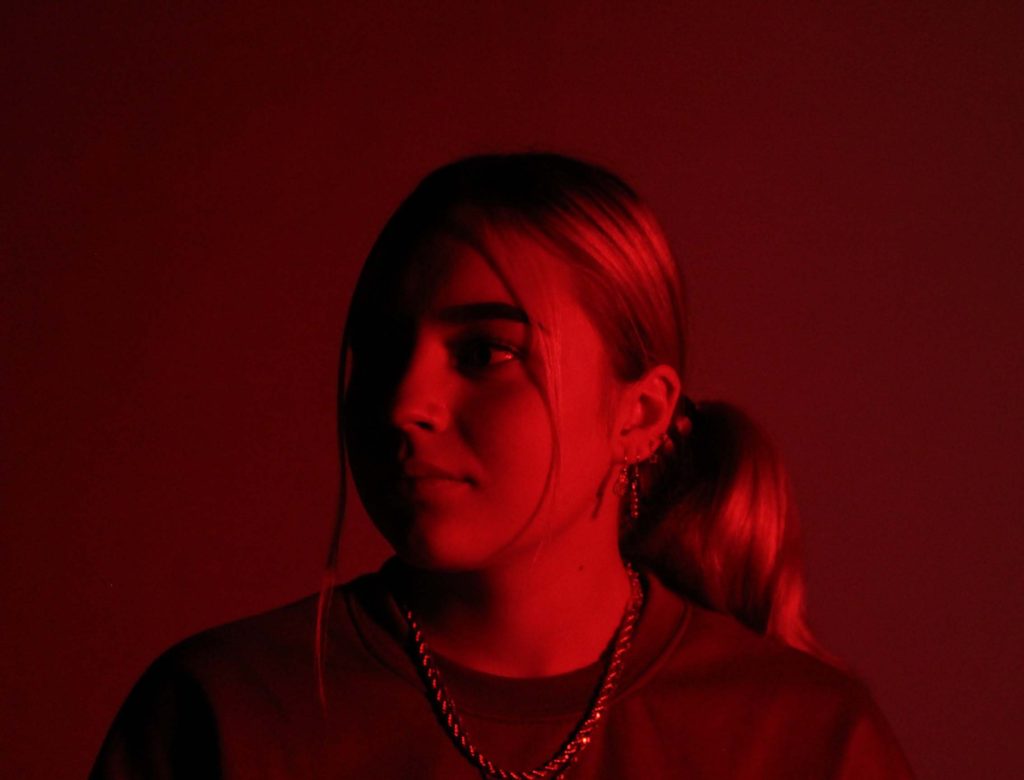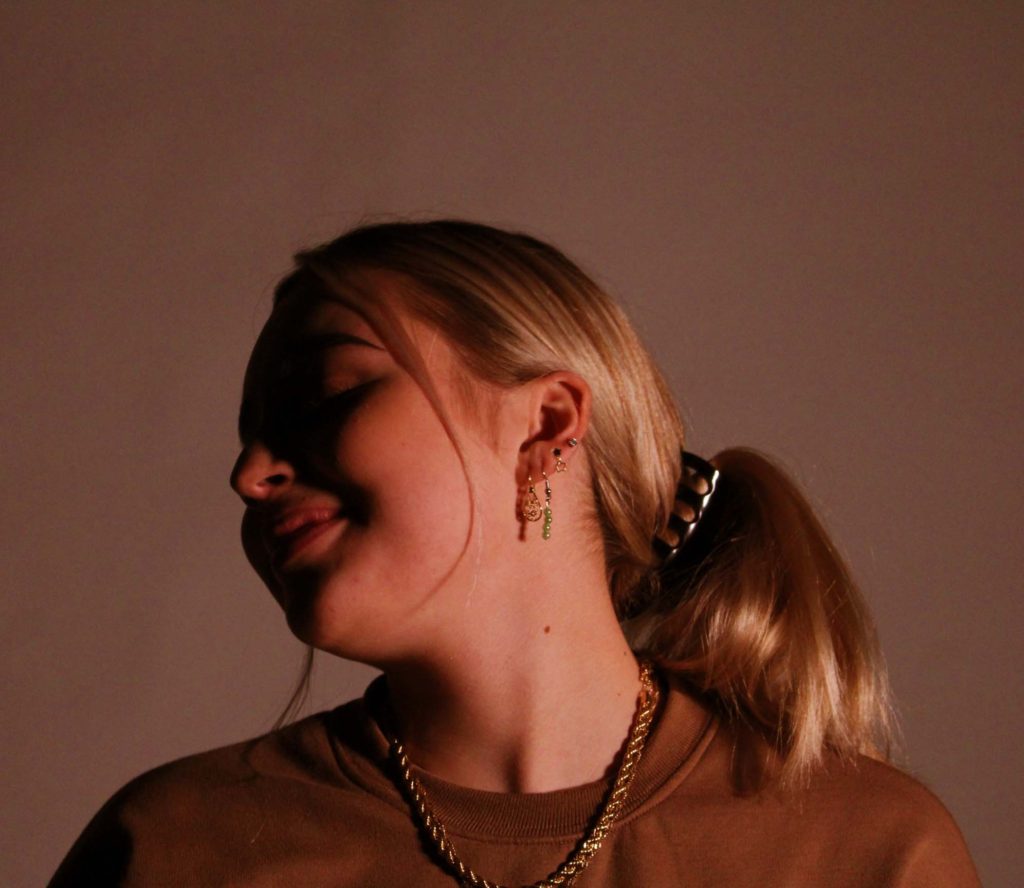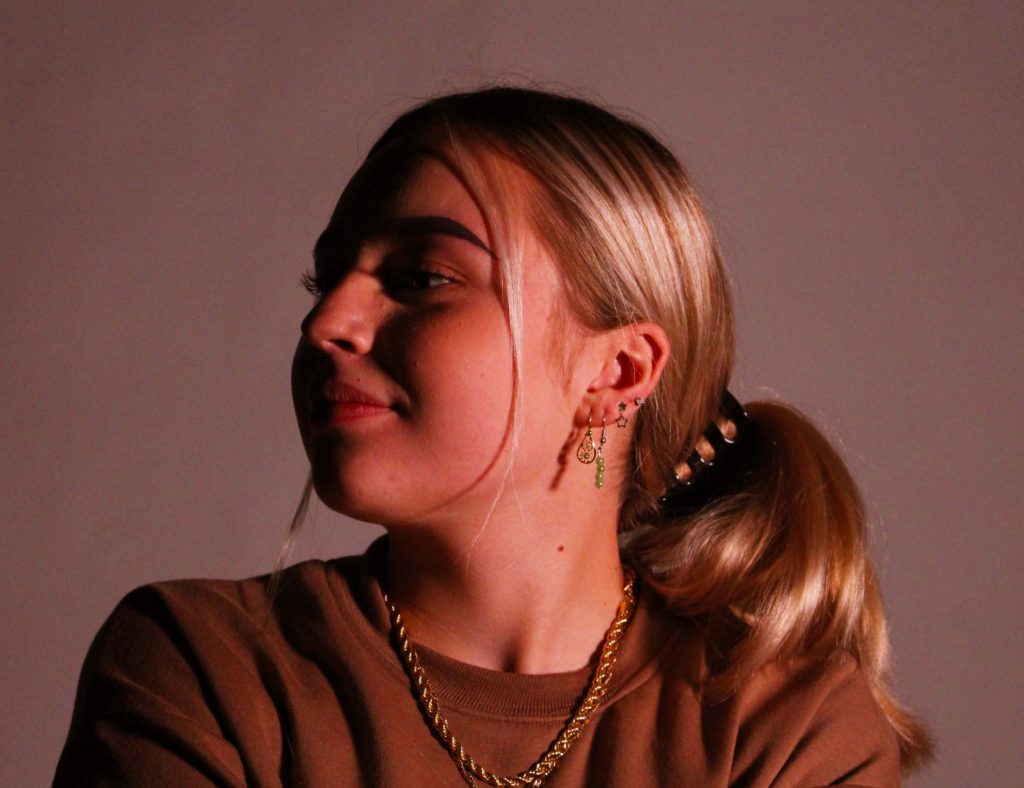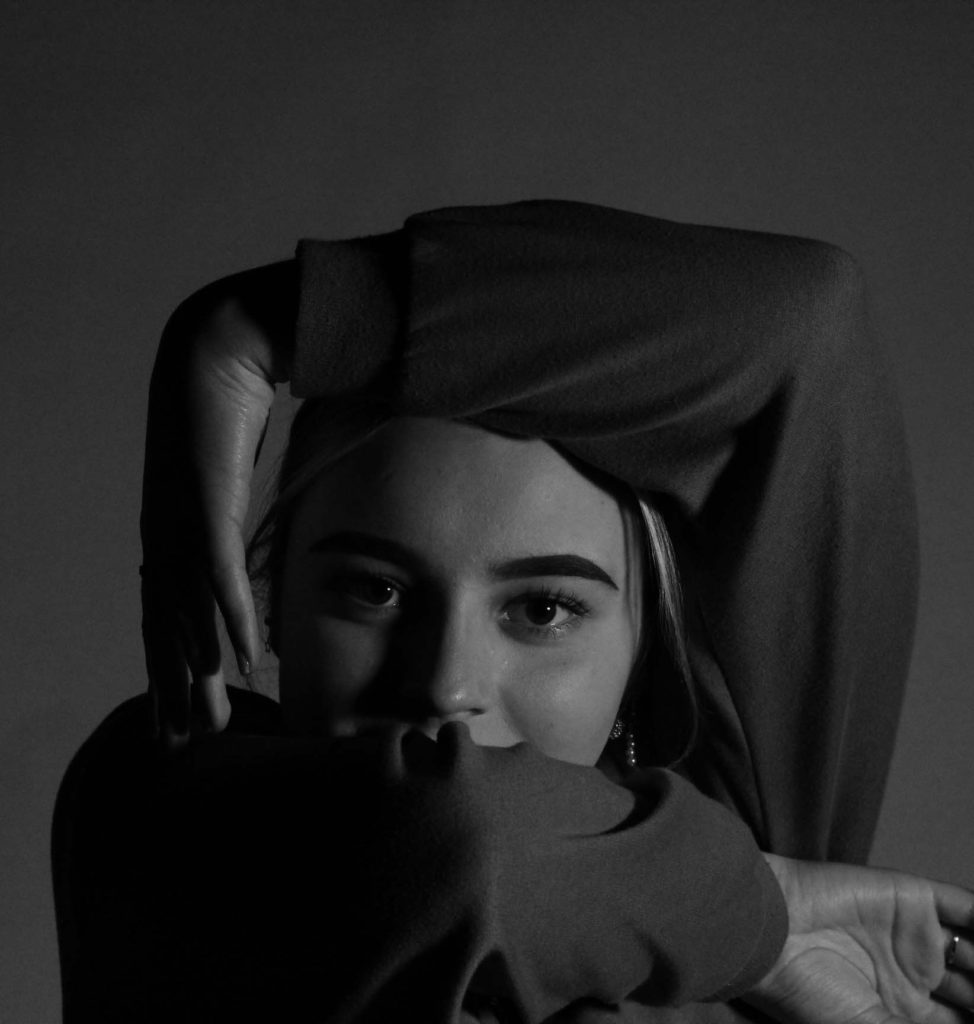Studio portraiture is an incredibly versatile genre of photography images can be anything from bright, punchy, high-key images full of light and energy, to dark, intense images that draw the viewer to the subjects eyes. Studio photographers take pictures of individuals or groups of people. They may use set pieces, backdrops, lighting equipment and filters to create the appropriate effect for the photographs. To work as a studio photographer, you would need to have a sense of light and shadow, as well as patience and a keen eye. Creativity and a passion for art also are beneficial traits for aspiring photographers.
One point lighting involves just one light and is illustrated as the key light. The purpose of the key light is to highlight the form and dimension of the subject. The angled positioning of they key light produces shadows from the subject which is nullified by the light. A main purpose isn’t to eliminate the shadows completely from the frame but to ensure a soft transition of light from one side of the face to another. The light intensity can be softened by moving the light further away from the face, or closer for a harsher light as it bounces of the face.
my photo shoot






Final Images – one point lighting
In a few of my final images, I used red, pink and orange transparent objects in front of the light to reduce the high intensity and colour temperature for a warmer lighting condition. My key light was placed on the right to bounce of the face and was placed further back to produce a softer image. In some of my photographs, where the light cant reach parts of the face, the shadow is so deep it creates a sharp contrasted line between the face and the background. However, in others, the shadows aren’t so harsh and features of the face can break through the cloud of shadow. What I like about one point lighting is how the key light highlights high-points of the face, creating different shades of red, pink or orange. In my black and white images, the one point lighting creates a variety of shadows and highlights. One light creates strong contrasts and highlights at different parts of the image and a range of grey scale tones.


